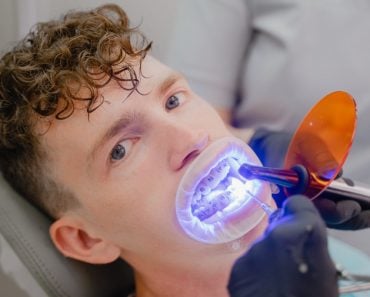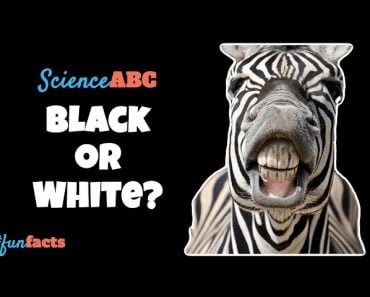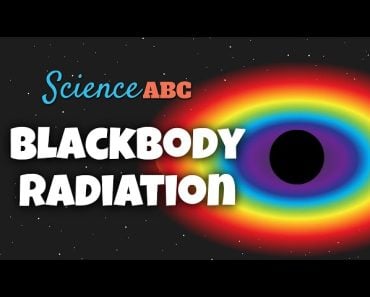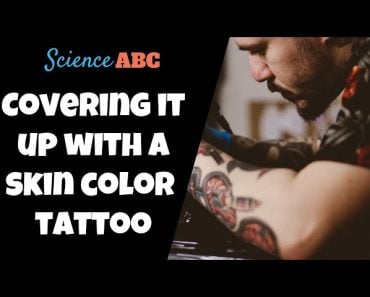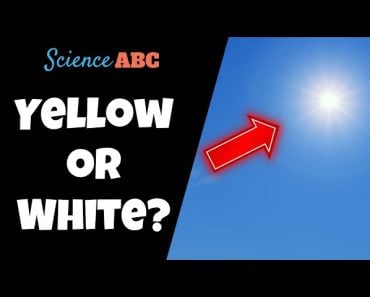Table of Contents (click to expand)
Tanning is the skin’s response to damage from ultraviolet (UV) radiation. The UV radiation causes damage to the DNA in skin cells. In an effort to repair the damage and protect the cells from further damage, the body produces melanin. The melanin absorbs the UV radiation, preventing it from causing further damage.
Laying out on a beach without a care in the world sounds incredibly relaxing to spend a summer’s day. But fall asleep with the sun beating down on you for hours, and there’s a good chance you’ll wake up a different color than when you first laid down!
Our beauty standards have made a tan the epitome of laid-back beauty, but some of us can’t tan. While the person lying next to you may brown into a bronze god, you may get a painful red sunburn. Why is there a difference? And why do we tan at all?
Well, the short answer is that tanning is our body’s way to protect ourselves from the sun’s harm.
Recommended Video for you:
Sunlight And Radiation
During your relaxing day at the beach, you probably don’t feel like you’re being bombarded by radiation, but that is precisely what sunlight is! In addition to visible light and heat, three types of ultraviolet radiation come from sunlight: UVA, UVB, and UVC. We can ignore UVC radiation, as it never reaches our skin and is largely absorbed by the atmosphere.
Your tan keeps developing days after you’ve been out in the sun. Melanin synthesis can peak nearly 10 days after the initial tan.
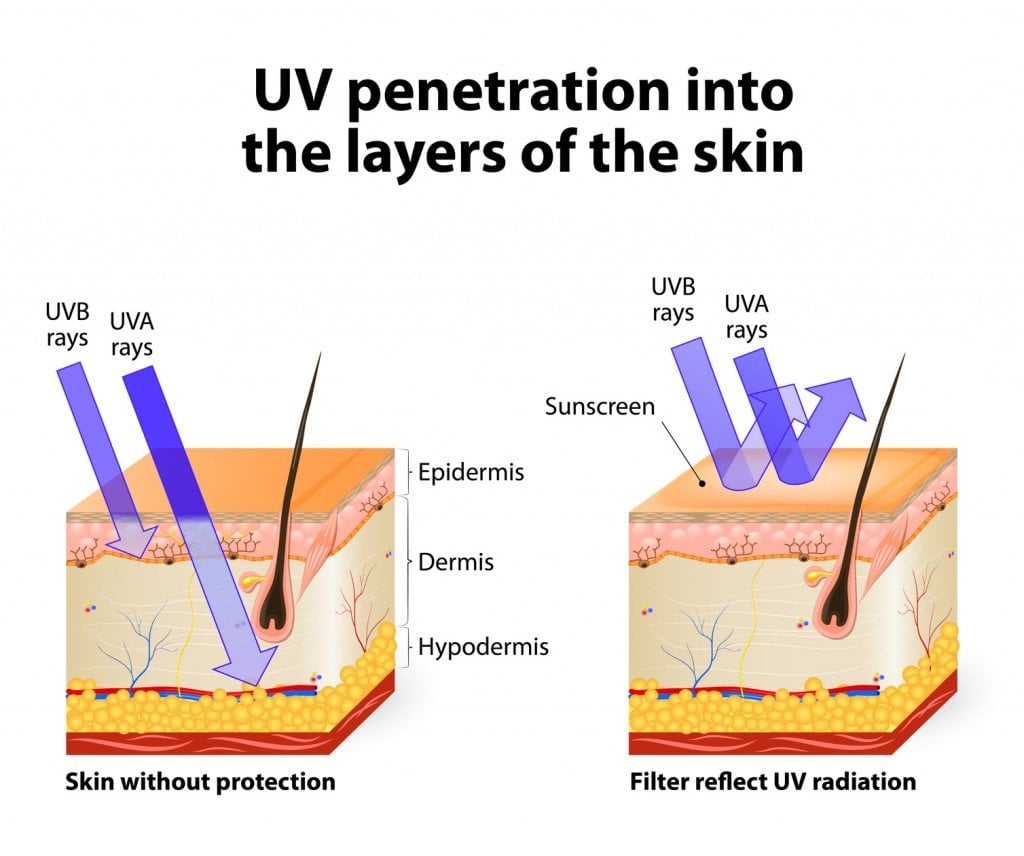
However, when UVA and UVB radiation reaches our skin, it has various effects. UVA radiation is much more common and isn’t filtered out by our planet’s ozone layer. We are exposed to UVA rays throughout our lives, as they can even penetrate clouds and atmospheric gases. When UVA radiation strikes our skin, it immediately engages the melanocytes (the pigment cells in our skin), causing a release of the melanin they have already stored, resulting in what we know of as a “tan”.
UVA radiation penetrates deeper into the skin and can damage skin cells in the epidermis, leading to various types of skin cancer.
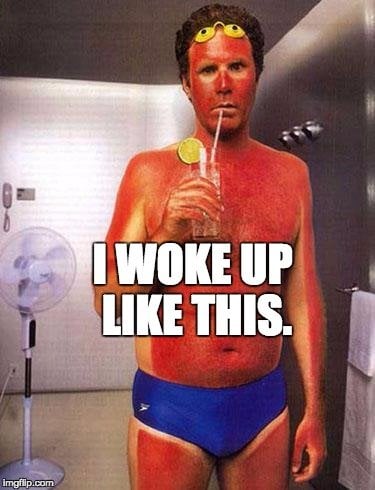
UVB radiation is slightly different and only penetrates the top few layers of the skin. This makes UVB less of a danger for deep-layer skin cancers, but it can contribute to melanoma and those uncomfortable sunburns.
DNA Damage: The Struggle Is Real
Melanin is the evolutionary answer to this radiation onslaught. It protects the body from UV damage.
When UVA radiation penetrates the skin, it causes the existing melanin to darken but does not stimulate the production of more melanin. The color change resulting from UVA radiation is due to the oxidation of melanin. However, this is not a long-lasting color change, and the “tan” from UVA rays will usually fade in a few days.
The damage caused by UVB rays stimulates melanogenesis, the body’s natural response to radiation. This type of tan will be much longer lasting, and protects your skin from further radiation damage, as the melanin produced will absorb that radiation. UVB radiation can typically be blocked by sunscreen, whereas UVA rays are more difficult to protect against; fortunately, natural and synthetic fibers (clothing) have been shown to protect against the majority of UVA rays.
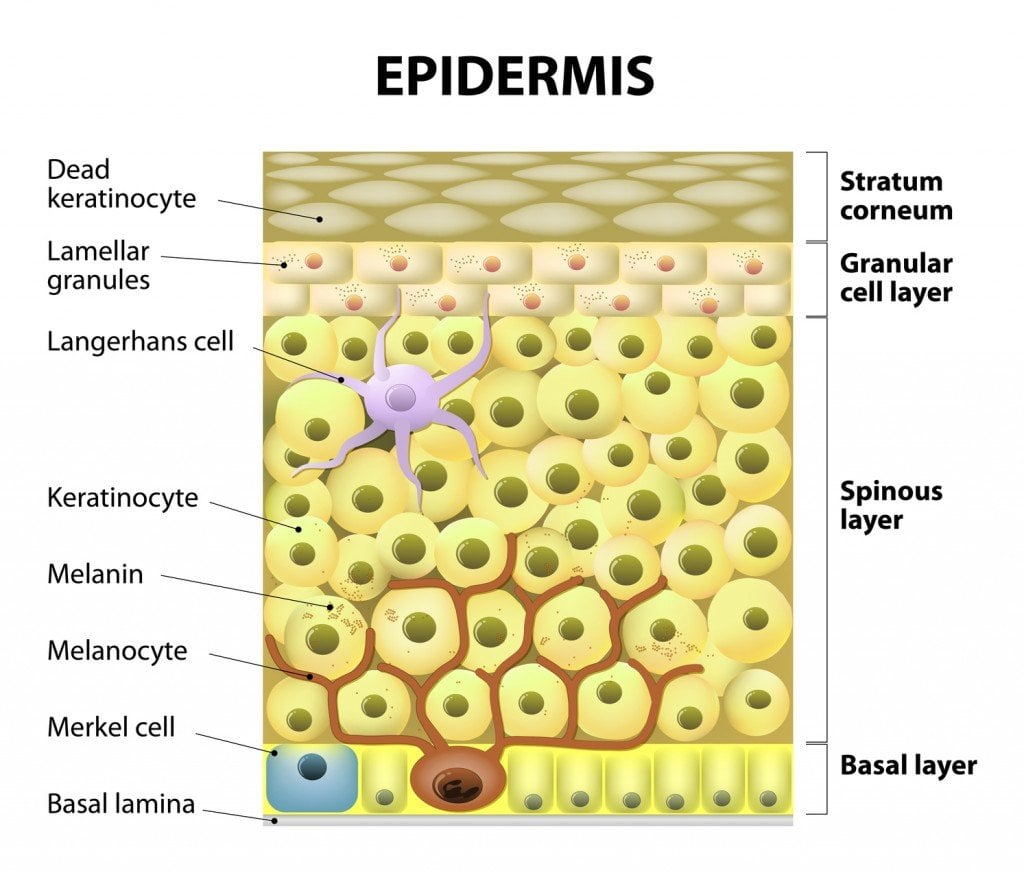
The melanin produced and released by melanocytes comes in two pigment forms: eumelanin (brown) and phaeomelanin (yellow and red). Depending on a combination of your hair color, skin tone, race, genetics, and previous exposure to sunlight, the production levels of these two pigments may be different. For example, a fair-skinned Irishman with red hair may produce less eumelanin than phaeomelanin, making it almost impossible for him to get a “tan” in the traditional sense. On the other hand, a Mediterranean woman with dark hair and an olive-skinned complexion may tan very easily, as her melanocytes produce more eumelanin than phaeomelanin.
Lighter-skinned people initially suffer from sunburn and then develop a tan. They lack enough eumelanin to darken their skin immediately, but over the next week, increased melanin production will produce a tan.
Sunscreen Helps Protect You From The Sun
To protect the skin from UV ray damage, which can lead to developing skin cancer, sunscreens help. Sunscreens on the market have an SPF rating, a Sun Protection Factor. The highest rating these days is SPF 70. SPF measures the time it takes for the skin to burn while covered in sunscreen. A higher SPF means it takes more time for the skin to burn, and so offers more protection. A broad-spectrum sunscreen means it can protect against both UVA and UVB.







